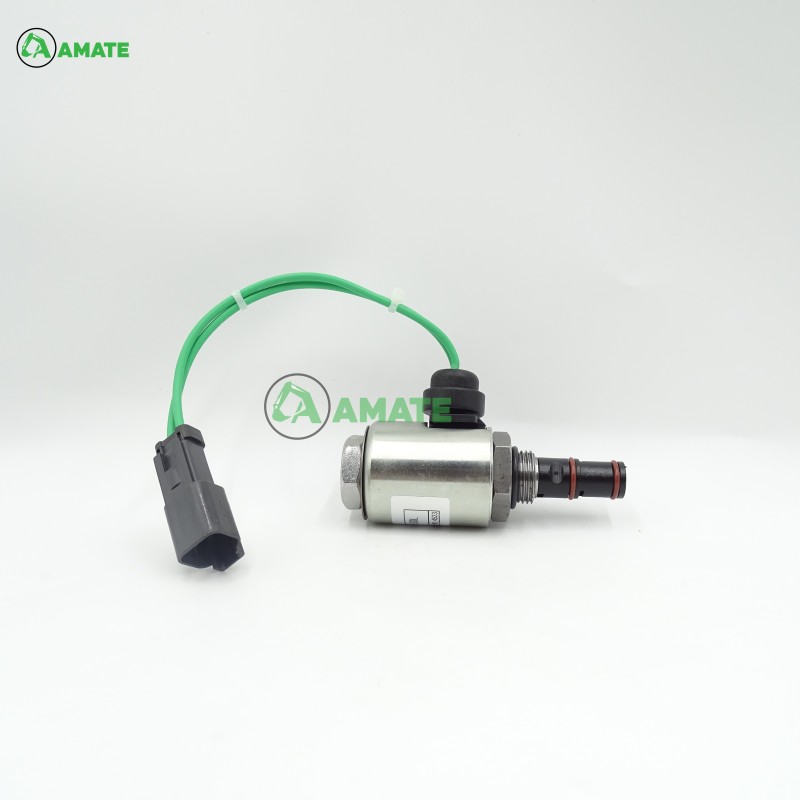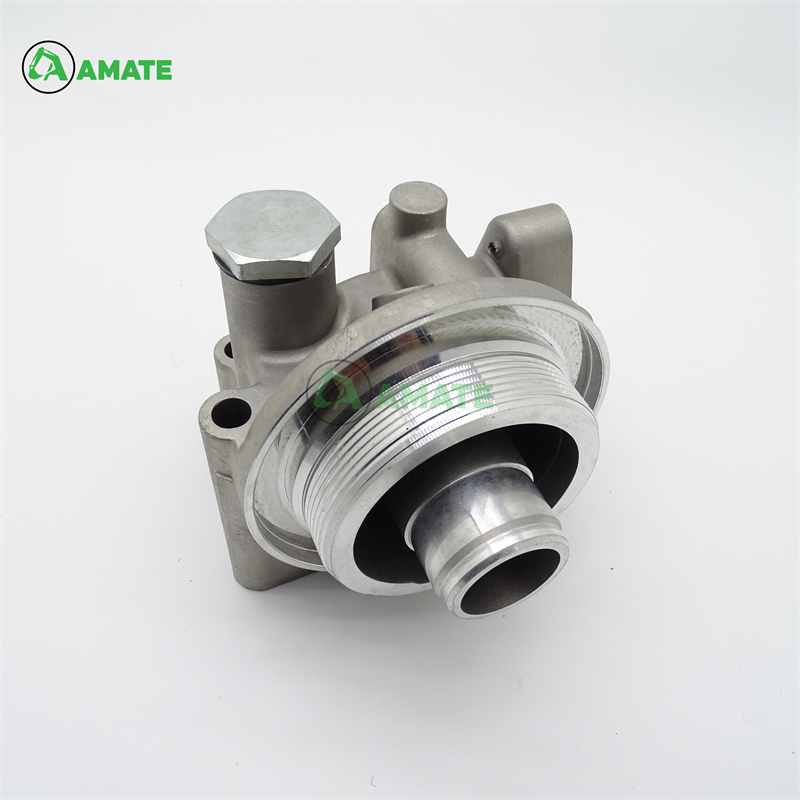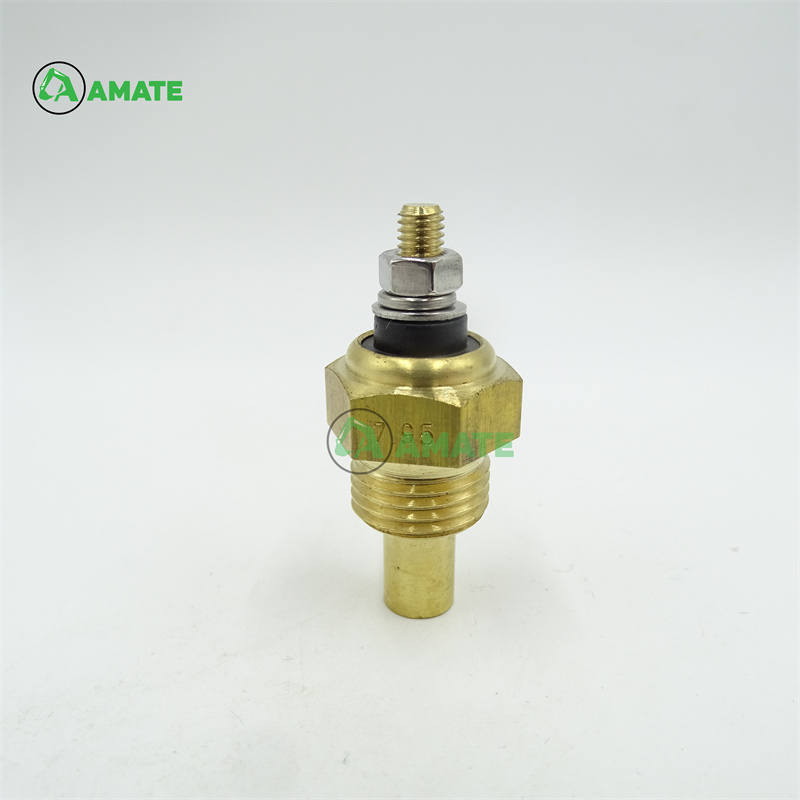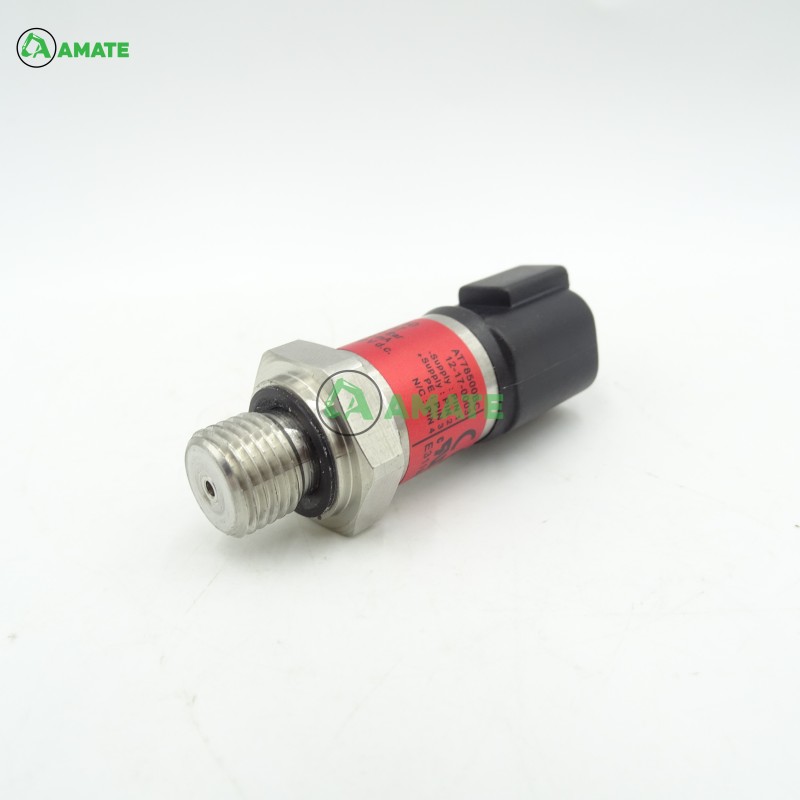Technological Evolution and Market Prospects of the Sensor Industry
The sensor industry has shown a rapid expansion trend in recent years and has become the basic support for emerging technologies such as the Internet of Things, smart manufacturing, and smart cities. With the acceleration of global digital transformation, the sensor market size will exceed US$300 billion in 2023, with an annual compound growth rate of 8%-10%. Environmental monitoring, industrial automation, medical electronics, and consumer electronics constitute the main application scenarios.
On the technical level, the maturity of MEMS (micro-electromechanical system) technology has promoted the development of sensors in the direction of miniaturization and low power consumption, while the proportion of smart sensors with integrated multi-modal sensing capabilities has increased significantly. New sensing technologies such as optics, gas, and biology have made significant breakthroughs. For example, quantum sensing has begun commercial exploration in the field of precision measurement. The integration of wireless transmission (such as LoRa, NB-IoT) and edge computing technology has further enhanced the real-time data processing capabilities of sensors.
In terms of regional structure, the Asia-Pacific region accounts for more than 45% of the global market share, mainly benefiting from manufacturing upgrades and smart city infrastructure investment. The European and American markets maintain technological leadership in high-end medical and automotive electronics. In terms of policy, mandatory regulations on carbon emission monitoring in various countries have given rise to the demand for environmental sensors, while the Industry 4.0 standard has pushed the accuracy of industrial sensors such as pressure and torque to above 0.1%FS.









